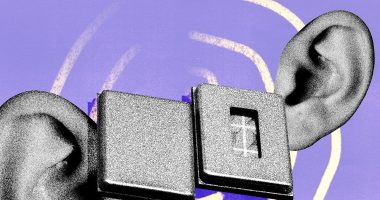
Lake Mead, which provides water for 25 million people in the American West, has shrunk to 36 percent of its capacity. One rural California community has run out of water entirely after its well broke in early June. Fields are sitting fallow, as farmers sell their water allotments instead of growing crops, putting the nation’s food supply in peril.
As the West withers under extreme drought, legislators in the US House of Representatives have introduced HR 4099, a bill that would direct the Secretary of the Interior to create a program to fund $750 million worth of water recycling projects in the 17 western states through the year 2027. (The bill, which was introduced at the end of June, is currently before the House Committee on Natural Resources.)
“This is beginning to be our new normal—88 percent of the West is under some degree of drought,” says Representative Susie Lee (D-Nevada), who introduced the bill. “Lake Mead is at the lowest level it has been at since the Hoover Dam was constructed. And the Colorado River has been in a drought for more than two decades.”
All the while, the population and economy in the western US have been booming, putting tremendous pressure on a dwindling water supply. “We have, I guess, more people—one. And there’s an increase in the agricultural area—two,” says Representative Grace Napolitano (D-California), who introduced the bill. “And then climate change is exacerbating the problem.”
Part of the solution, the legislators say, is to fund the construction of more facilities that can recycle the wastewater that flows out of our sinks, toilets, and showers. You may think that’s gross and preposterous, but the technology already exists—in fact, it’s been around for half a century. The process is actually rather simple. A treatment facility takes in wastewater and adds microbes that consume the organic matter. The water is then pumped through special membranes that filter out nasties like bacteria and viruses. To be extra sure, the water is then blasted with UV light to kill off microbes. The resulting water may actually be too pure for human consumption: If you drank it, the stuff might leach minerals out of your body, so the facility has to add minerals back. (I once drank the final product. It tastes like … water.)
The recycled H2O can be pumped underground into aquifers, then pumped out again when needed, purified once more, and sent to customers. Or it may instead be used for non-potable purposes, like for agriculture or industrial processes.
Basically, you’re taking wastewater that’d normally be treated and pumped out to sea—wasting it, really—and putting it back into the terrestrial water cycle, making it readily available again to people. “Part of what makes it so important as an element of water supply portfolios is its reliability,” says Michael Kiparsky, director of the Wheeler Water Institute at the University of California, Berkeley. “To the extent that urban centers exist and produce wastewater, it can be treated. It gives a reliable source of additional water supply—even in dry years when supply is limited and developing alternative sources would be difficult or impossible.”
Recycled water is also bankable, in a sense: Injecting it underground to recharge aquifers stores it up for use during droughts. This is likely to be particularly important in the American West, because climate change is both making droughts more punishing and futzing with the dynamics of rain. Modeling from climate scientists shows that future storms will be more intense, yet arrive less often. And by the end of the century, the mountain snowpack—which normally banks much of the West’s water until it melts into the spring runoff—is predicted to shrink by about half.
“Our hydrologic cycle is going to get more unpredictable,” says Rafael Villegas, program manager of Operation NEXT at the Los Angeles Department of Water and Power, which has been recycling water since the 1970s for non-potable reuse. “Coupled with population growth, not only here in California, but where the water comes from—Nevada, Arizona, and Northern California—you can expect that there’s going to be additional demand on those systems. So we’re at the end of the straw, right? We have to then start thinking, how do we become more efficient with the water that we do have?”








